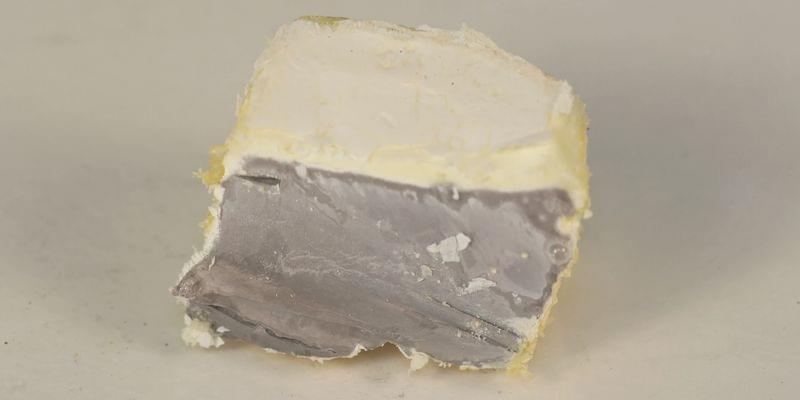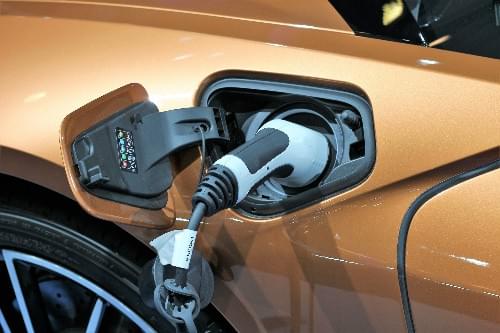Blue Origin is set to launch the New Glenn rocket to orbit. Here’s what you need to know about it.




It claims the ICBM is the largest ever launched.
Reports are in that North Korea have just test-launched their new” Hwasong-17” intercontinental ballistic missile. The longest-range missile platform developed to date by the country, it has been developed, by all accounts, to help “contain” U.S. military threats.
The test launch was guided by North Korean leader Kim Jong Un on the 24th of March 2022.




University of Texas at Austin (UT Austin) researchers have created a new sodium-based battery material that is highly stable, capable of recharging as quickly as a traditional lithium-ion battery, and able to pave the way toward delivering more energy than current battery technologies.
For about a decade, scientists and engineers have been developing sodium batteries, which replace both lithium and cobalt used in current lithium-ion batteries with cheaper, more environmentally friendly sodium. Unfortunately, in earlier sodium batteries, a component called the anode would tend to grow needle-like filaments called dendrites that can cause the battery to electrically short and even catch fire or explode.
In one of two recent sodium battery advances from UT Austin, the new material solves the dendrite problem and recharges as quickly as a lithium-ion battery. The team published their results in the journal Advanced Materials.

Scientists astounded by performance of sustainable batteries with far-reaching implications for e-vehicles and devices.
Researchers at Bristol have developed high-performance sodium and potassium ion batteries using sustainably sourced cellulose.
Scientists at the Bristol Composites Institute have developed a novel controllable unidirectional ice-templating strategy which can tailor the electrochemical performances of next-generation post-lithium-ion batteries with sustainability and large-scale availability. The paper is published in the journal Advanced Functional Materials.